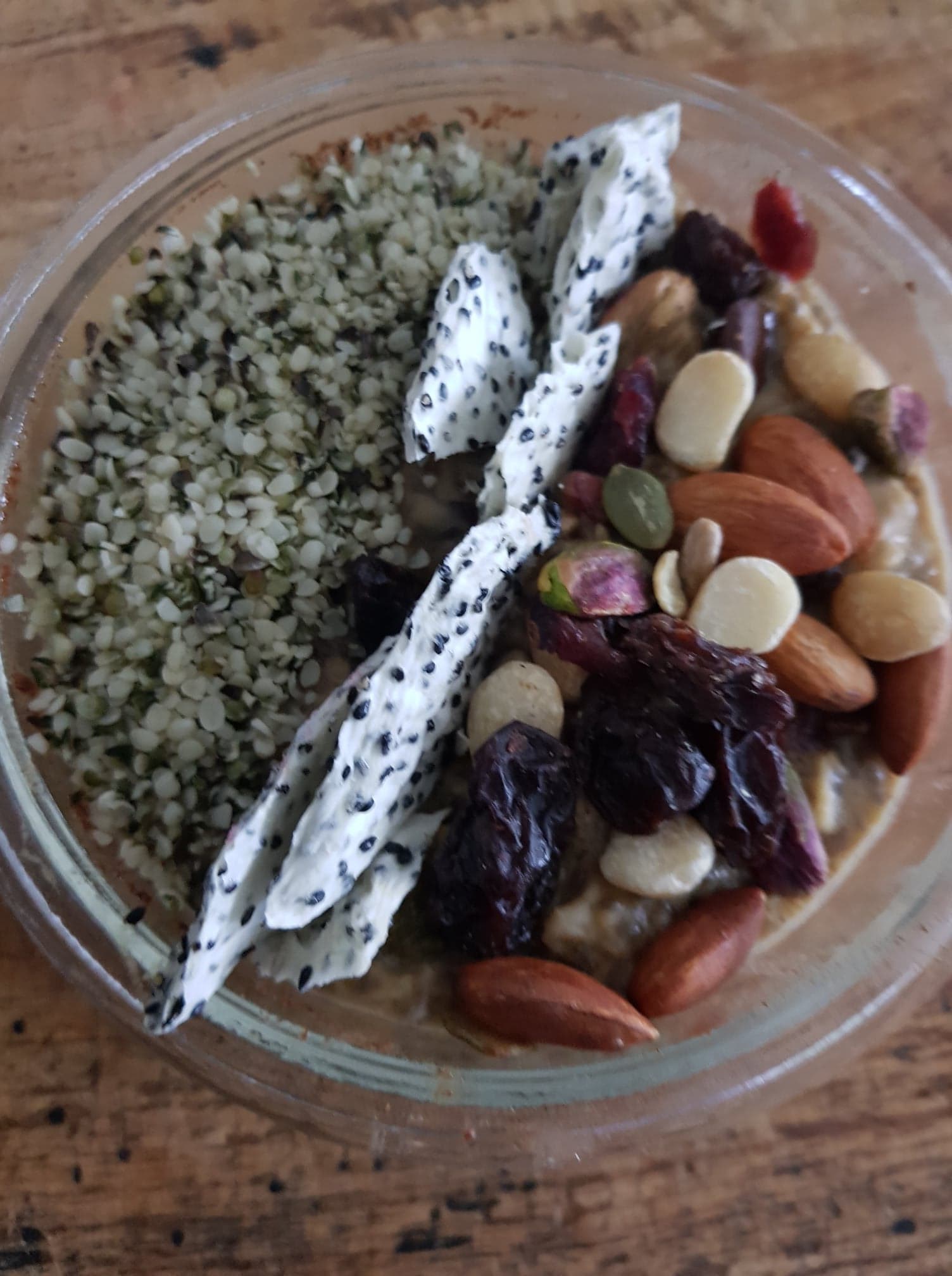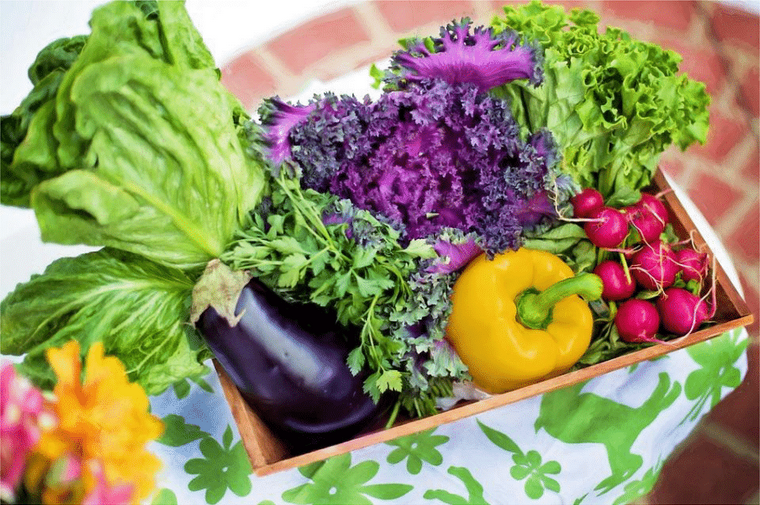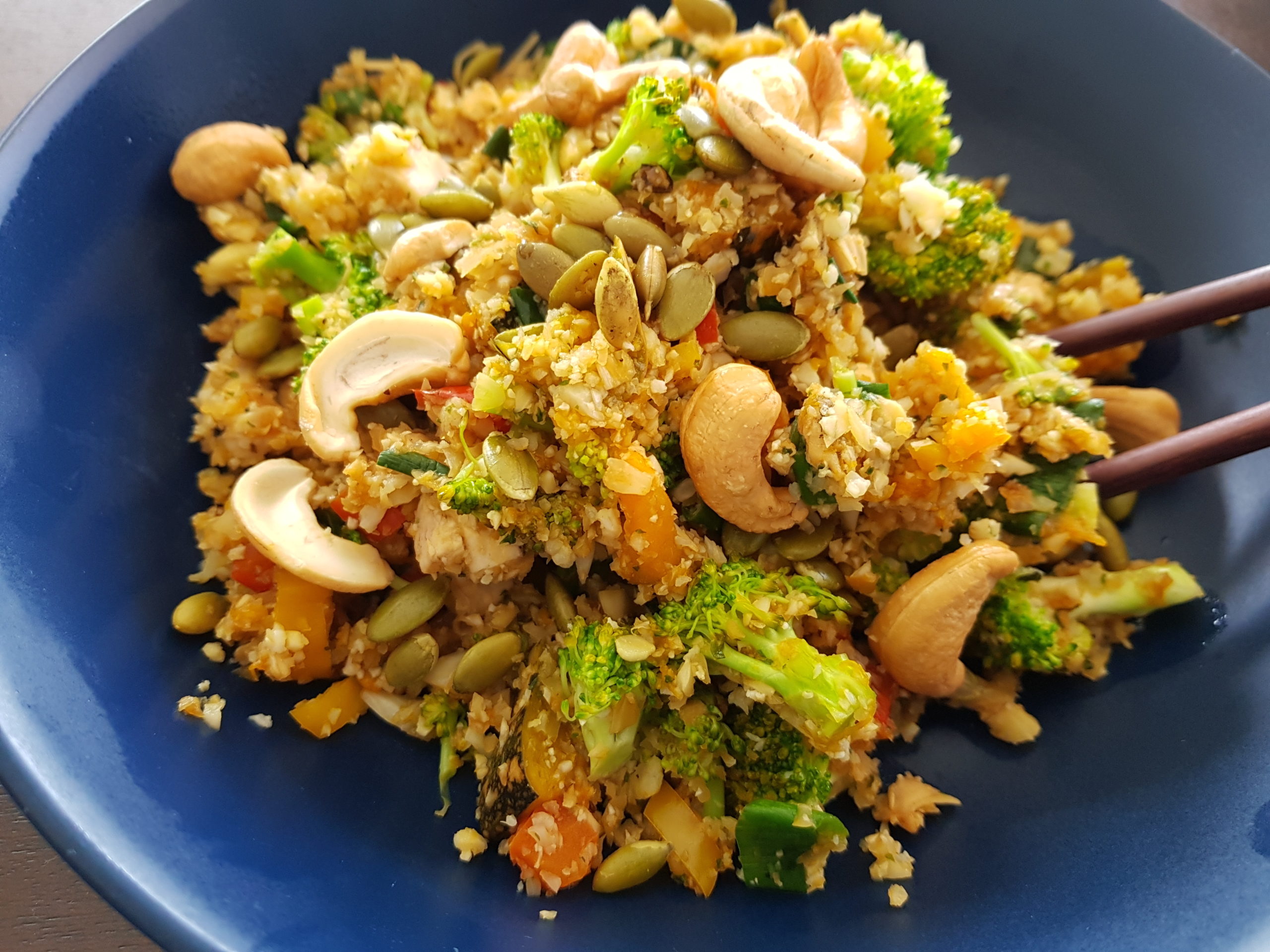Why is breakfast so important?
Breakfast is an important part of our health. It prepares us physically and mentally for the day and sets the tone for how our metabolism will respond for the day ahead.
This is why, the foods we choose to put in or not to put in our mouth in some people’s case, really does have an effect on how we live for that day.
Consequences of no breakfast or the wrong breakfast may include:
- Poor concentration
- Poor memory and retention of information
- Brain fog
- Irritability
- Headaches
- Low productivity
- Poor brain function
- Low energy
- Low libido
- Excessive hunger later in the day
- Bing eating
- Poor sleep
- Higher levels of stress or a poor stress response
- Slow metabolism
Longer term implications may include:
- Weight gain/weight loss
- Nutritional deficiencies
- Blood sugar complications
- Muscle wasting
- Elevations in cholesterol and blood pressure
A well-balanced breakfast should include a balance of protein, healthy fats and a small amount of complex carbohydrates.
This Oat, Chia, Hemp and Nut Protein Pudding will have any feeling energised and ready to take on your day.

Oat, Chia, Hemp and Nut Protein Breakfast Pudding
Ingredients
1 tbsp. chia seeds
30g oats
½ cup water
Combine in a bowl and soak overnight.
1 tsp cacao powder
1 tbsp cacao nibs
1 heaped tsp almond butter (or any pure nut butter)
1 tsp cinnamon powder
10g vegan protein, flavour of choice
Another ½ cup water
1 dash almond milk
Toppings
10g Mixed nuts and seeds
10g hemp seeds
Method
Add pre-soaked chia/oat mix to a small pot.
Turn heat to low-medium.
Gently warm and add the remaining water, stir.
Once stirred through add the rest of the ingredients besides the toppings and stir until combine.
Remove from heat into bowl.
Top with mixed nuts, seeds and hemp seeds.
The pictured pudding also has dragon fruit chips for decoration, but you may like to add some fresh fruit such as passionfruit or berries.
You can enjoy this pudding cold or warm so it is a fantastic breakfast all year round!





 psicum, mushrooms into a wok with 2 tbsp
psicum, mushrooms into a wok with 2 tbsp 